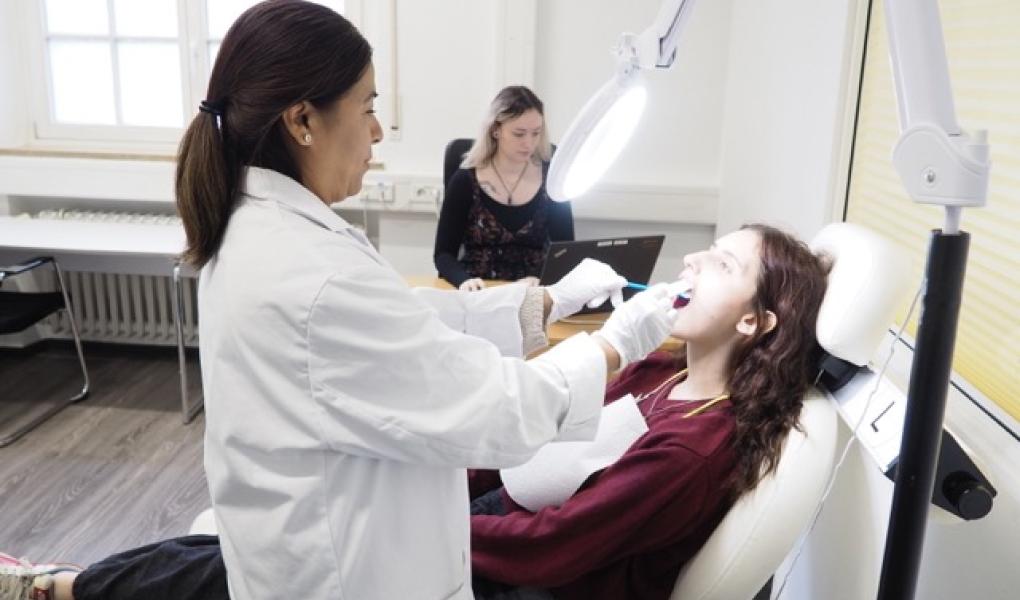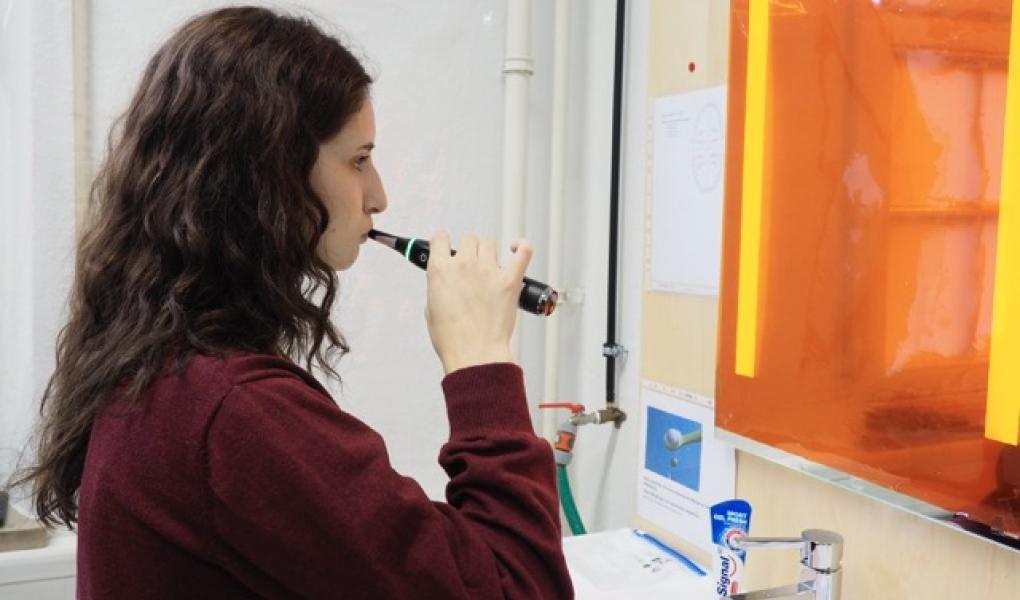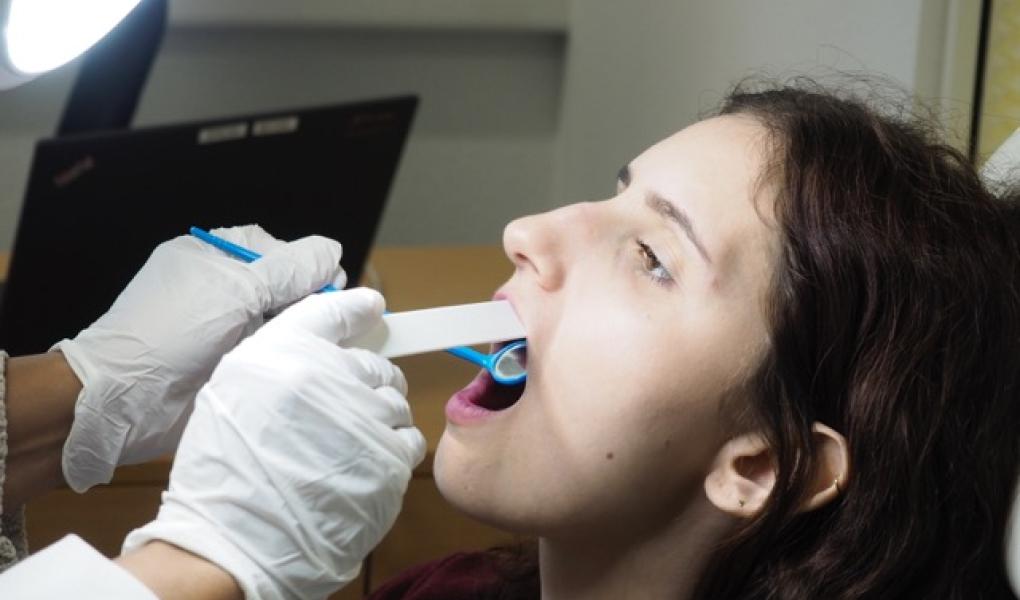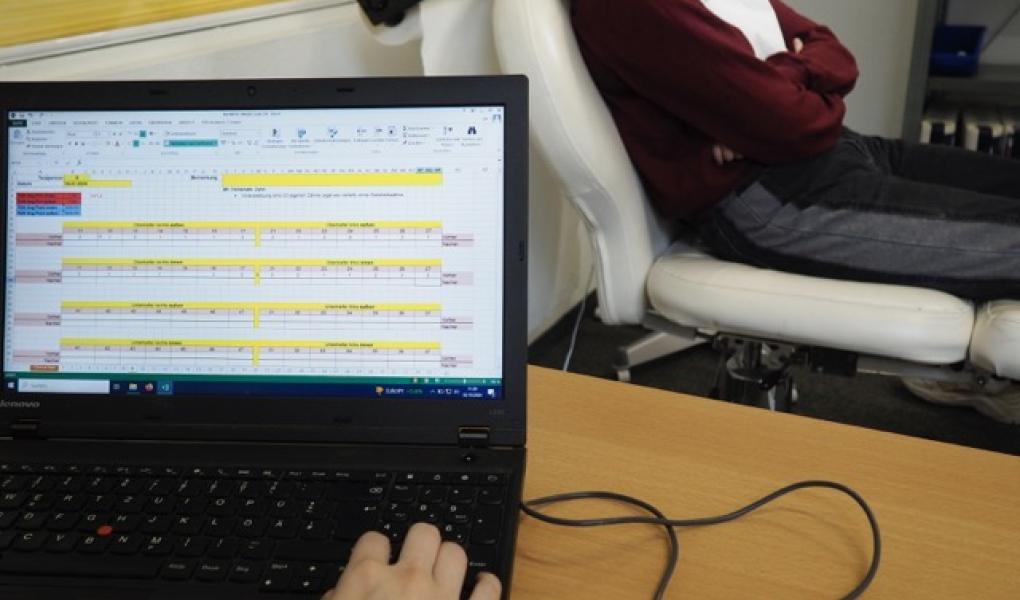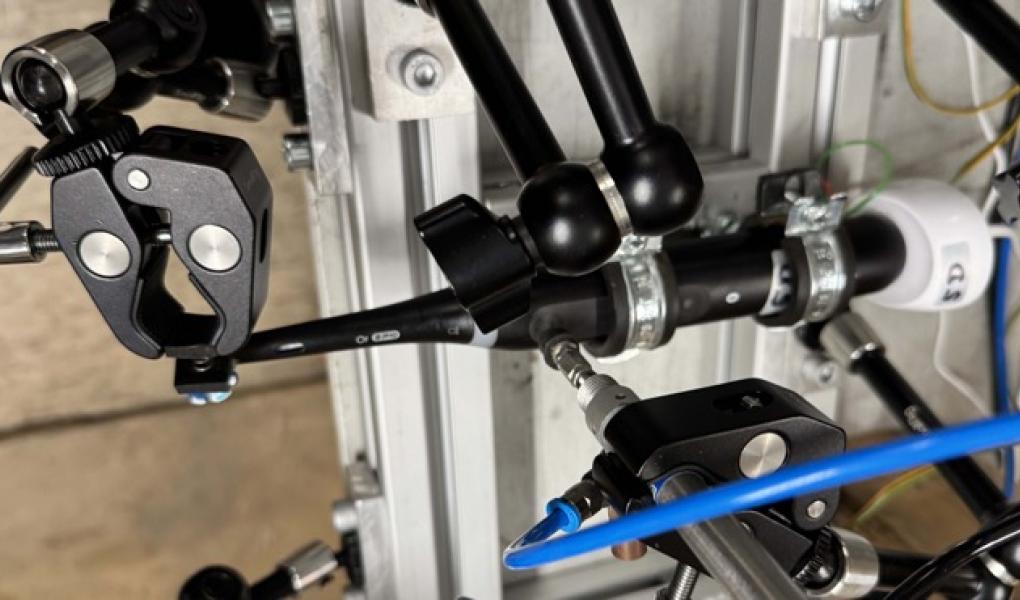Brushing your teeth with an electric toothbrush is generally more effective than using a manual toothbrush and is recommended by, among others, the Swedish Dental Association. Patricia de Palma is a senior dentist and specialist in periodontology at the orthodontic clinic at Karolinska Institutet.
– Both manual and electric brushes are good, but a manual brush requires the right technique. Electric toothbrushes use the same movements and pressure, but they are easier to use correctly.
Many of today’s premium-class electric toothbrushes are equipped with a mobile app from the manufacturer. But do you really need an app to brush your teeth? It is, of course, a matter of preference, but if you are determined to improve your oral health, a feature-rich and informative app can make brushing a little more enjoyable.
– It also becomes more educational, explains senior dentist Patricia de Palma. The app tracks how you brush, shows where there are shortcomings, and provides instructions on how to brush better.
Today, there are two main techniques for electric toothbrushes: round brush heads pulsate and rotate in an oscillating motion, while elongated brush heads vibrate in a sonic motion. The brushing sensation is different, and it is personal what one prefers – some find the sonic toothbrush ticklish. However, both techniques are gentle and remove plaque and bacteria.
On behalf of Procter & Gamble, Testfakta commissioned the German laboratory IPI to test five electric toothbrushes with a mobile app, of which four are from the largest brands on the market: Oral-B and Philips. They also tested an electric toothbrush from Oclean. The tested toothbrushes use different brushing techniques: Oral-B's round brush head uses an oscillating technique, while Philips and Oclean have elongated, fixed brush heads that vibrate sonically.
[PDF]
In the clinical test, plaque levels on all teeth (inside and outside) were measured by an experienced dental hygienist on 30 test subjects before and after brushing. The results show significant differences in how well they remove plaque. The best toothbrushes, Oral-B iO10 and iO5, remove 61% of plaque compared to 44–48% for Philips and Oclean.
Anastasia Leznin, project manager at the test laboratory IPI, which conducted the tests, is surprised by the results.
– It was surprising that the rotating toothbrushes from Oral-B performed so much better in the plaque test than the three sonic toothbrushes. I expected a more similar result in efficiency between the brushes.
What is the reason for the relatively large difference in plaque removal?
– Firstly, it may be because the rotating toothbrushes have a slightly smaller and round brush head, while the sonic toothbrushes have a larger and more elongated head. This could mean that the test subjects found it easier to reach difficult areas with the rotating brushes.
Anastasia Leznin also believes that the design of the pressure sensor may play a role in effectiveness.
– With Oral-B toothbrushes, you get a visual signal in the form of a light ring on the handle when the pressure on the tooth is too high. With the other toothbrushes, the signal was either a change in vibration or a sound signal. This could also affect brushing performance.
Battery life for electric toothbrushes is not a big issue today. The worst battery life in the test is Oclean, which can still run for 1 hour and 20 minutes, equivalent to 40 two-minute brushing sessions, thus keeping the brush running without charging for 20 days. Philips 7500 lasts the longest with 2 hours and 11 minutes of brushing time. However, it also takes the longest to charge, with nearly 14 hours, while Oral-B iO5 takes 11 hours and 31 minutes, and Oral-B iO10 is fully charged after just 2 hours and 50 minutes.
Test subjects experienced the vibrations from the electric toothbrushes differently, but none reported discomfort or pain.
– According to our experts, however, Oclean and the toothbrushes from Oral-B had the best feel in the mouth. They also assessed that the vibration from Philips' toothbrushes was a bit too strong and noisy, says Anastasia Leznin.
There are no significant differences in app support among the tested electric toothbrushes, although the Oclean app had some translation errors, making the instructions slightly harder to understand. On the Philips Sonicare 9900, you could only change the brushing mode in the app and not on the handle, as with the other models. Philips and Oclean models also require registration with personal information to use the app, while Oral-B’s app works without registration.
Was there any product in the test that stood out as particularly good or bad overall?
– All the tested toothbrushes met the basic requirements of the technical tests, but the Oral-B toothbrushes iO5 and iO10 were significantly better in almost all aspects, including plaque removal and in the experts’ evaluation, says test leader Anastasia Leznin.



